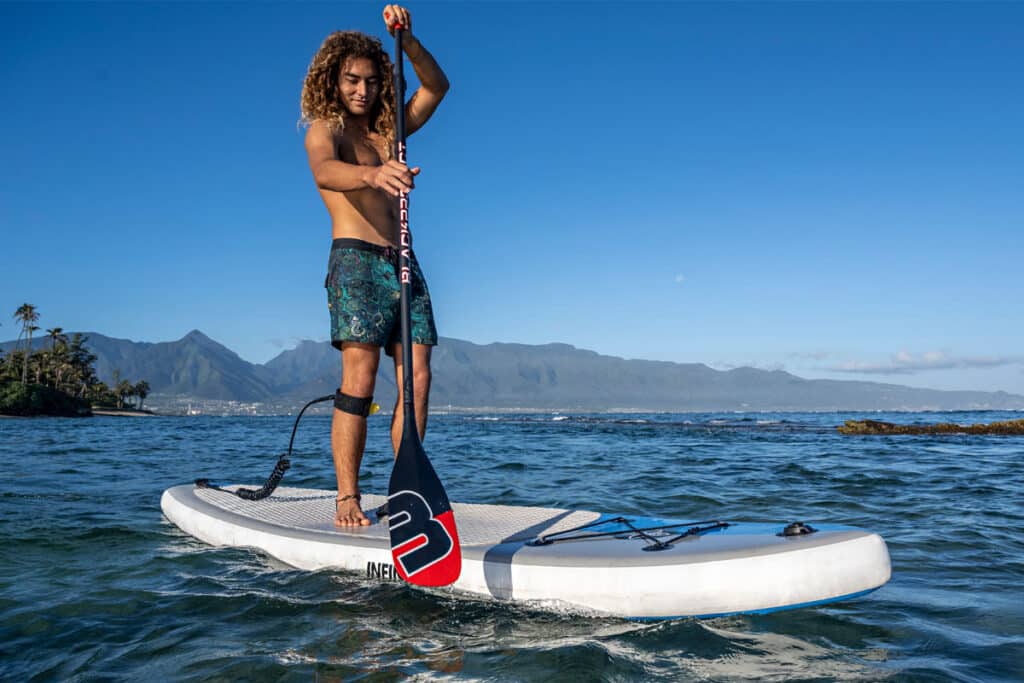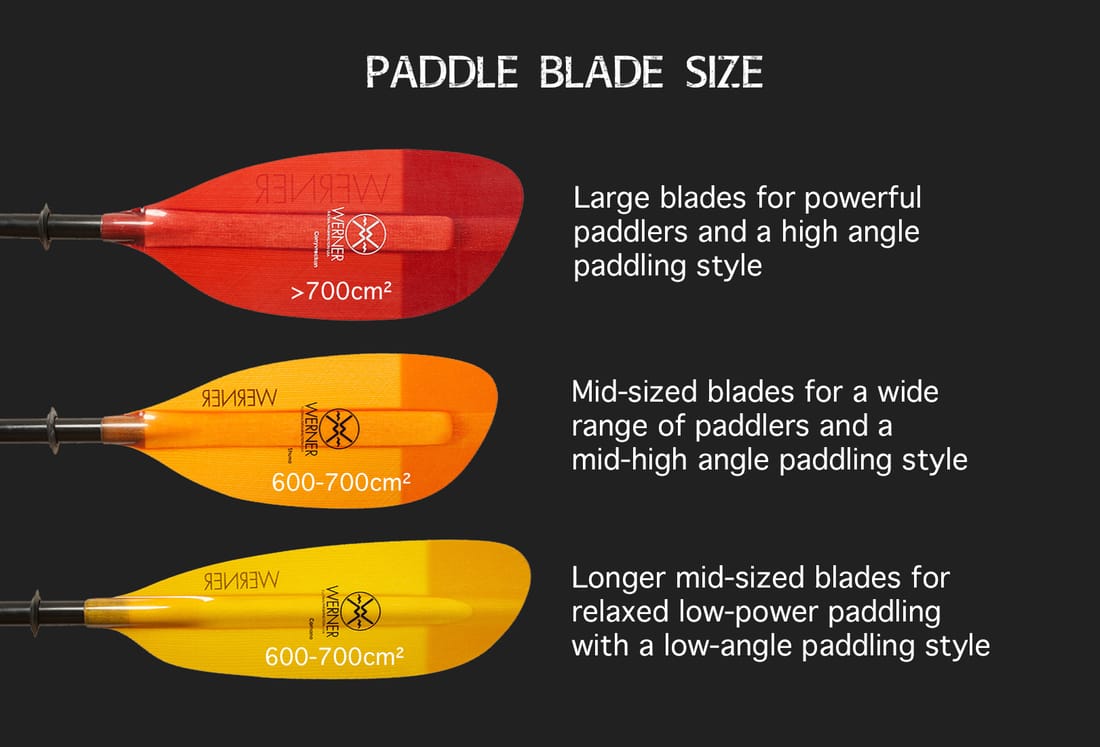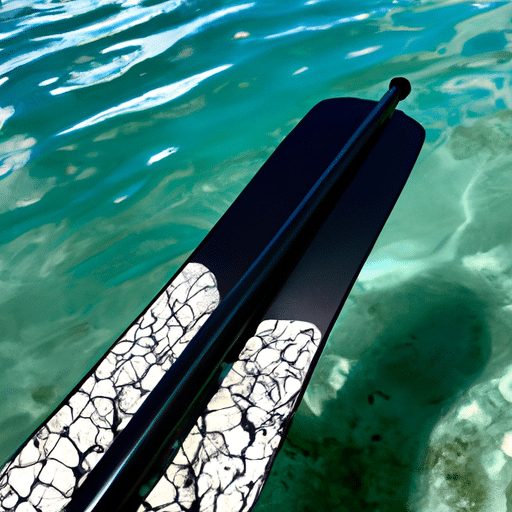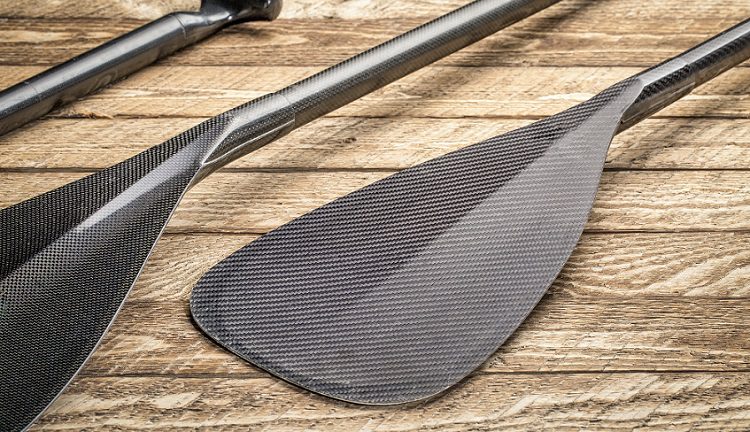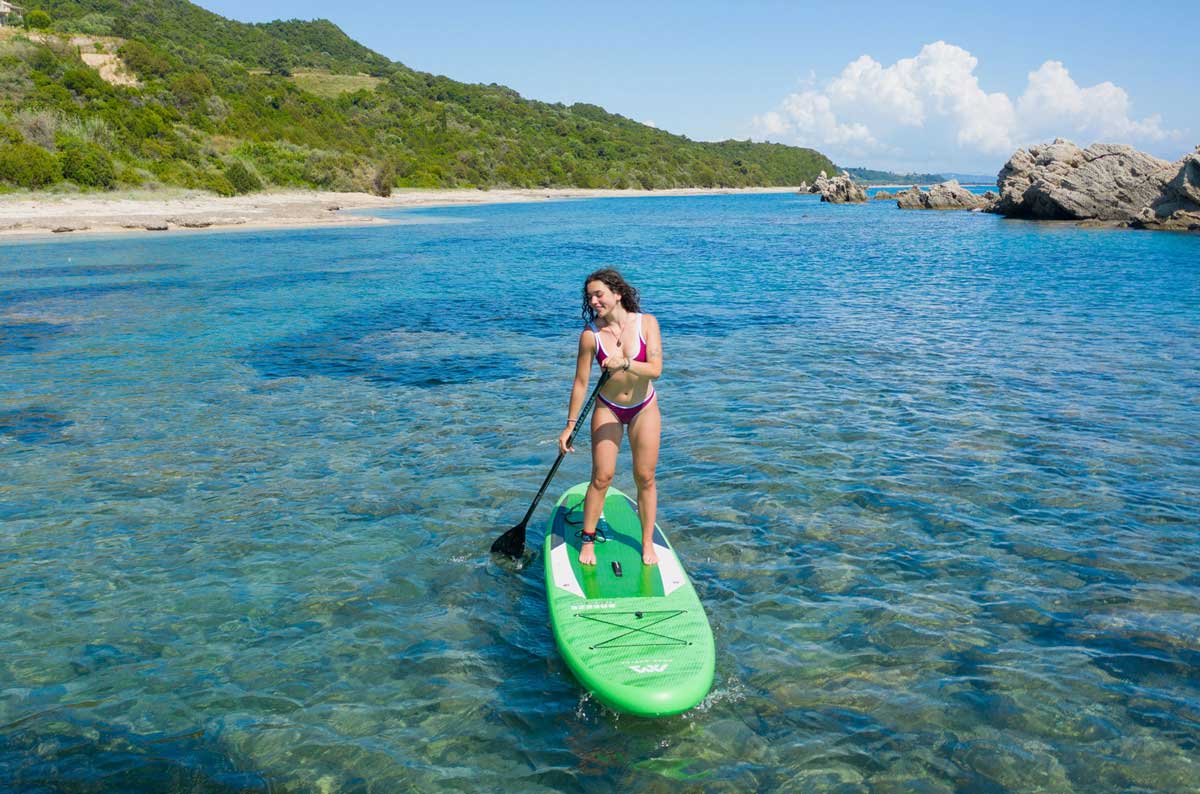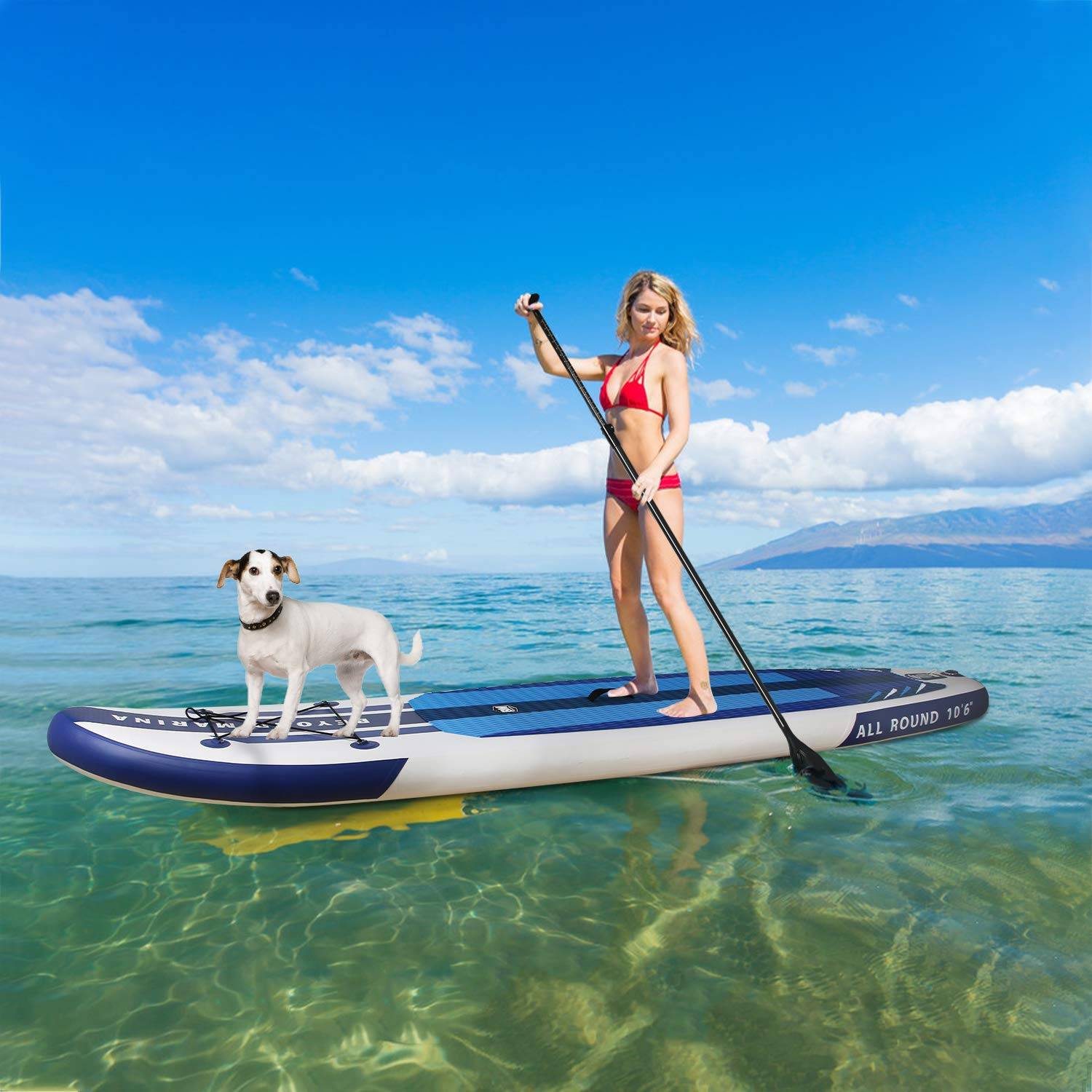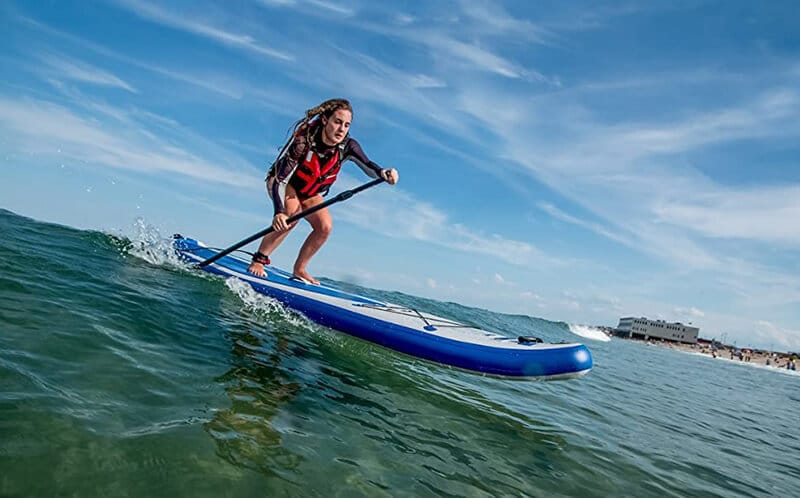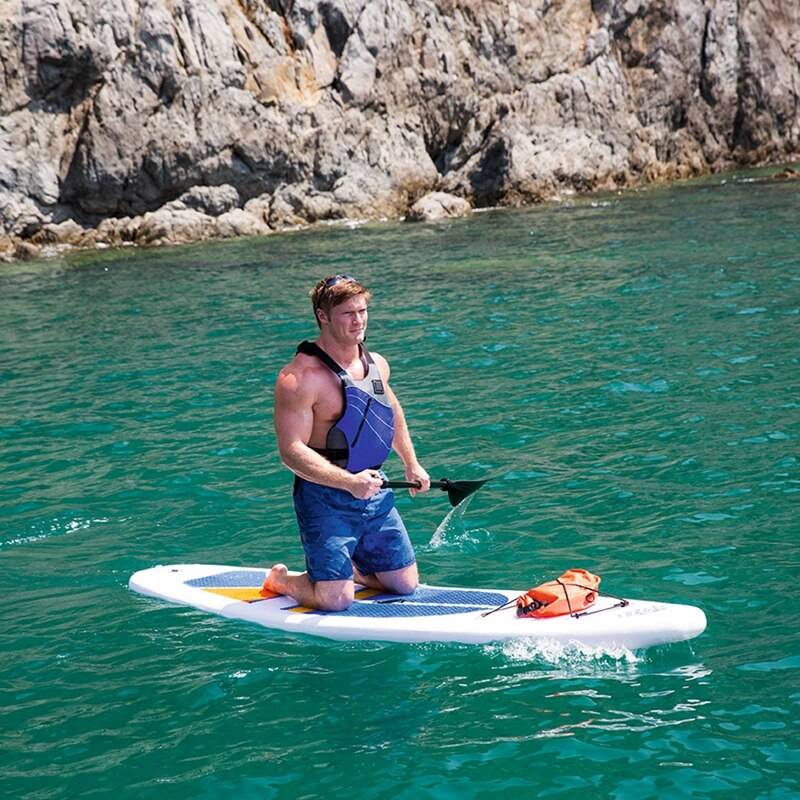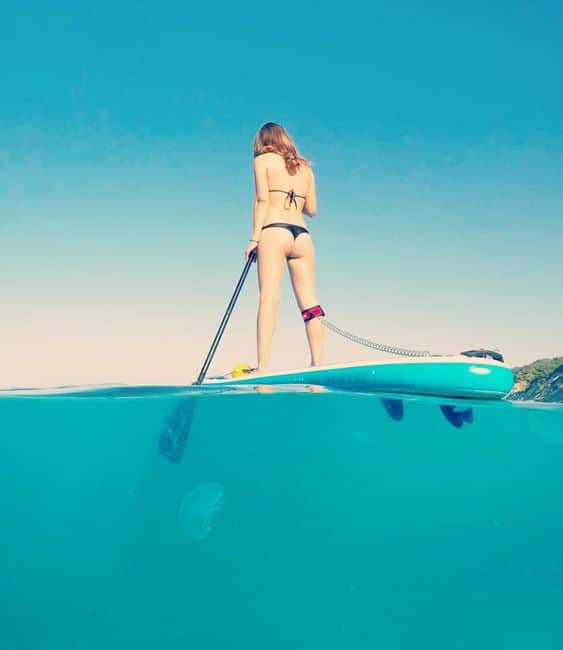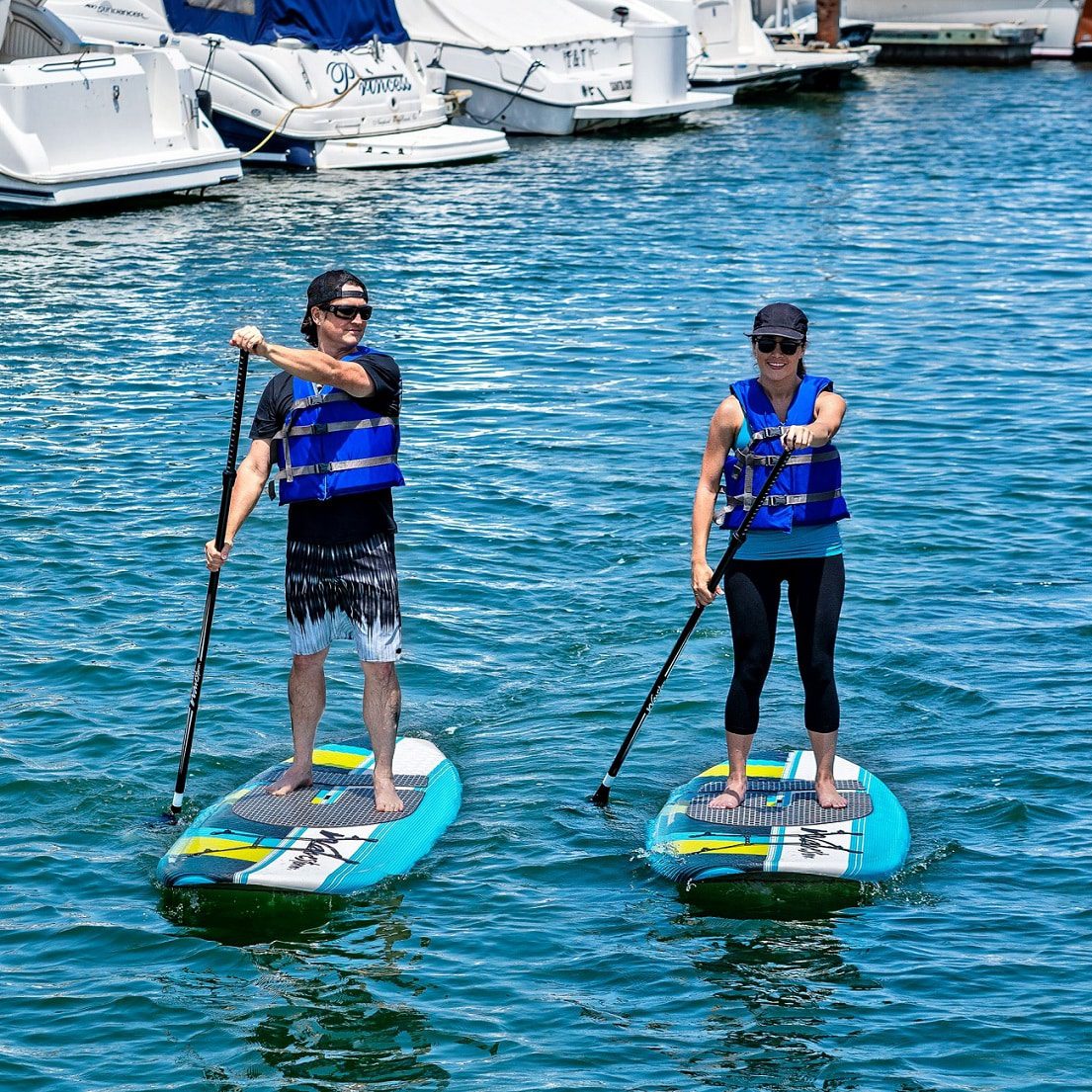SUP Tips
Stand-up paddleboarding (SUP) is a popular water activity that involves standing on a large board and using a paddle to move across the water. Here are some tips to help you get started and improve your SUP experience:
Choose the Right Board: If you’re a beginner, opt for a wider, more stable board. As you gain experience, you can move to narrower boards for better maneuverability.
Start in Calm Waters: Start in calm and flat waters when you’re learning. This will help you get used to the balance and basic paddling techniques before venturing into more challenging conditions.
Practice Proper Stance: Stand with your feet parallel and about hip-width apart. Keep your knees slightly bent for better balance and stability.
Hold the Paddle Correctly: Hold the Paddle with one hand on the top grip and the other on the shaft. The blade should be facing away from you.
Paddle Technique: Use your core muscles rather than just your arms to paddle. Your stroke should involve twisting your torso and engaging your core. Reach the Paddle out in front of you and pull it back along the side of the board.
Look Ahead: Keep your gaze fixed on the horizon or where you’re going rather than down at your feet. This will help you maintain a better balance.
Stay Relaxed: Tension can lead to imbalance. Relax your body and use your knees to absorb small waves or movements.
Learn to Turn: To turn, paddle on one side more than the other. If you want to turn left, paddle more on the right side, and vice versa.
Be Mindful of Wind and Currents: Wind and currents can significantly affect your paddling experience. Plan your route with these factors in mind, and be prepared for a potentially more challenging return trip if the wind picks up.
Wear the Right Attire: Wear comfortable, weather-appropriate clothing and a life jacket for safety. Sun protection is also essential, so consider wearing a hat, sunglasses, and sunscreen.
Leash Up: Always attach the leash to your ankle, calf, and board. This ensures that the board stays close to you if you fall off.
Stay Hydrated: Bring water with you, especially on hot days. Paddling can be a workout, and it’s essential to stay hydrated.
Respect the Environment: Be mindful of the environment and local regulations. Avoid disturbing wildlife, and don’t litter.
Take Lessons: If you’re new to SUP, consider taking lessons from a certified instructor. They can teach you proper techniques and safety practices.
Have Fun: Most importantly, enjoy the experience! SUP can be relaxing and enjoyable to connect with nature and stay active.
Remember, practice makes perfect. The more you paddle, the more comfortable and confident you’ll become on the board.




